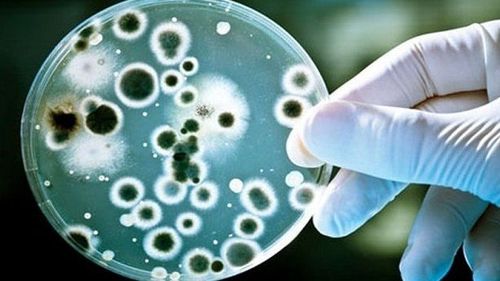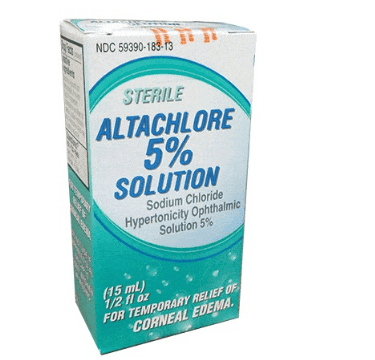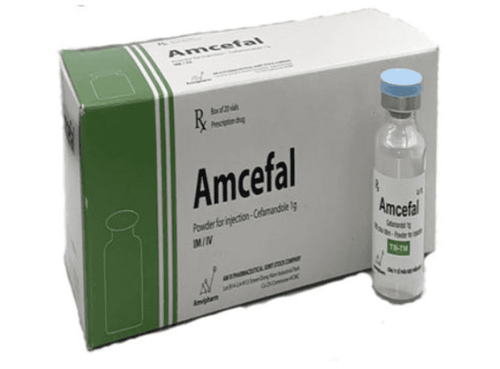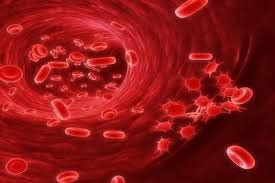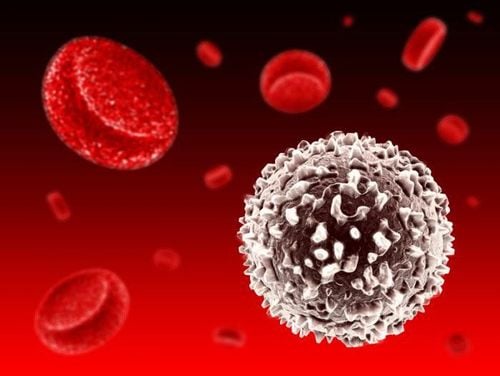This is an automatically translated article.
The article was professionally consulted by Specialist Doctor I Huynh Kim Long - Emergency Resuscitation Doctor - Emergency Resuscitation Department - Vinmec Da Nang International General Hospital. Dr. Huynh Kim Long has extensive experience in the treatment of Resuscitation - Emergency and Acute Stroke in adults.Multi-organ failure due to septic shock if not treated promptly and aggressively can lead to death. And emergency dialysis is an effective treatment, helping patients with multi-organ failure due to septic shock get well soon, minimizing the risk of complications.
1. What is multi-organ failure due to septic shock?
Septic shock is a severe manifestation of infection, which can lead to multiple organ failure, with a mortality rate of 40-60%. Septic shock was diagnosed when all three criteria were met: severe sepsis with an infectious source, at least one organ dysfunction, and hypotension unresponsive to fluid replacement.Multi-organ failure is also known as multi-organ failure, multi-organ dysfunction syndrome,... This is an acute condition of a pathological condition with failure of 2 or more organs, persists for at least 24 hours, may be due to an infection or other cause. Multiple organ failure related to septic shock accounts for 60-81.5%.
The mechanism of septic shock causing multi-organ failure is: bacteria enter the bloodstream causing systemic inflammatory responses, releasing inflammatory cytokines. This creates an imbalance between inflammatory factors and anti-inflammatory factors (the inflammatory factor is stronger than the anti-inflammatory factor) leading to secondary organ damage and multi-organ failure.
2. Principles of treatment of multi-organ failure due to septic shock
Quickly ensure the function of the respiratory and circulatory organs to maintain the patient's life. Root cause treatment: early detection and treatment of factors causing multi-organ failure. This includes control of the site of infection and surgical management (drainage of pus, excision of necrotic tissue). At the same time, the patient needs to be treated aggressively against septic shock, provide enough oxygen to avoid ischemia, and pay attention to adequate nutrition through the gastrointestinal tract or intravenously. Supportive treatment for organ failure, the goals to be achieved within the first 6 hours include: maintain central venous pressure 8-12 cmH2O, maintain mean blood pressure above 65 mmHg, maintain ScvO2 ≥ 70% or SvO2. ≥ 65% and make sure the urine volume is ≥ 0.5 ml/kg/hour.3. Emergency dialysis method for patients with multiple organ failure
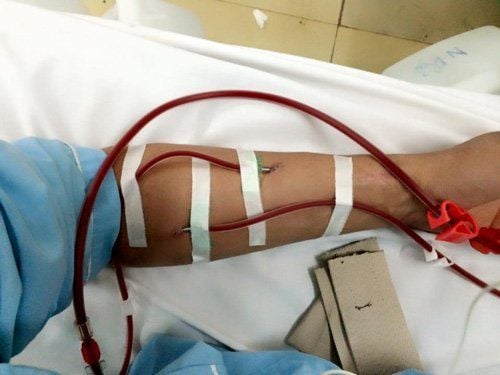
This method has the advantage of a success rate of over 95%, fast detoxification, safety for the patient, helping the patient recover soon, and limiting the risk of death. At the same time, the continuous emergency dialysis technique is also on the list of supported by Health Insurance, so patients do not need to worry too much about treatment costs.
3.2 Indication of emergency continuous dialysis in patients with multiple organ failure Dialysis as soon as possible, if possible, should be performed immediately after the diagnosis of septic shock. Note: Only perform when the infection has been resolved by drainage, aspiration or surgical surgery. Hemodialysis should be performed only when systolic blood pressure is >90 mmHg above systolic by intravenous infusion and use of vasopressors. Large volume of fluid replacement: ≥ 45ml/kg/hour. The maintenance time of 1 filter is 18-22 hours. The filtrate is bicarbonate or citrate. Use anticoagulation with heparin or citrate unless contraindicated. Extensive pre-membrane dilution if multi-organ failure patients have severe coagulopathy. Strictly follow operating procedures for dialysis machine pumps for hemodynamically unstable patients. Medical staff must closely monitor complications during dialysis: blood pressure accumulation, bleeding, hemolysis,... Stop continuous dialysis when vasoconstrictor drugs are cut off and switch to intermittent dialysis if possible. point.
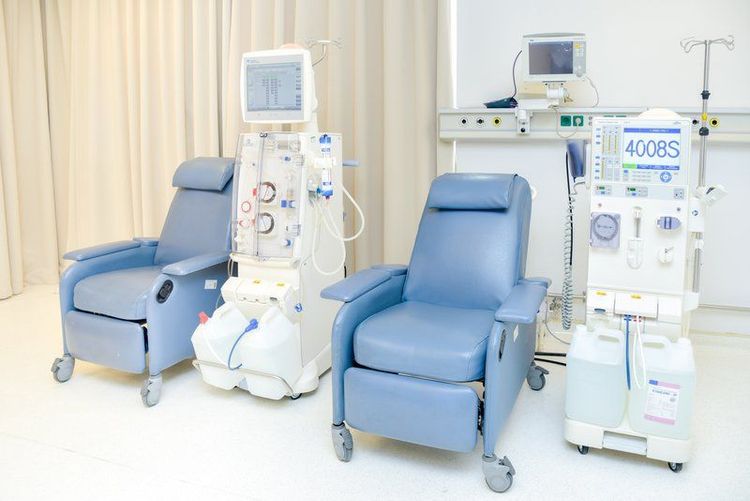
3.3 Procedures for performing emergency dialysis in patients with multi-organ failure
Step 1: The patient is placed on the bed for dialysis.Step 2: Install the wire and fruit system into the dialysis machine, prime the fluid and test the machine according to the standard technical process.
Step 3: Conduct dialysis:
Connect the circulatory system of the dialysis machine to the veins of the patient with multiple organ failure through a pre-prepared 2- or 3-bore catheter. Operate the pumps on the dialysis machine continuously: blood pump, replacement fluid pump, dialysate pump. Using anticoagulants during continuous dialysis: Heparin, Citrat can be used or no anticoagulants are used in case the patient has severe coagulopathy. Dialysis time for a filter varies depending on the parameters of the filter, on average from 8 to 24 hours. Criteria for stopping dialysis: when the indications for dialysis are no longer available. Step 4: End of dialysis:
Stop anticoagulation if 30 minutes before the end of dialysis. Discontinue the replacement and dialysate pumps. Return blood to the patient by connecting to 500ml of 0.9% NaCl. Currently, the emergency dialysis technique for patients with multiple organ failure is being applied at Vinmec International General Hospital. With a system of modern machinery and a team of highly qualified and experienced doctors and nurses, Vinmec is committed to the best protection for patients' health.
Vinmec uses a modern, new, multi-featured machine system. Fresenius multiFiltrate continuous dialysis machine with many outstanding advantages. The team of doctors and nurses are skilled, experienced technicians and have been trained in this technique very intensively, with a lot of experience in handling critical patients, providing support and assistance. coordinate with departments in the hospital to treat severe and complicated patient cases.
Please dial HOTLINE for more information or register for an appointment HERE. Download MyVinmec app to make appointments faster and to manage your bookings easily.





